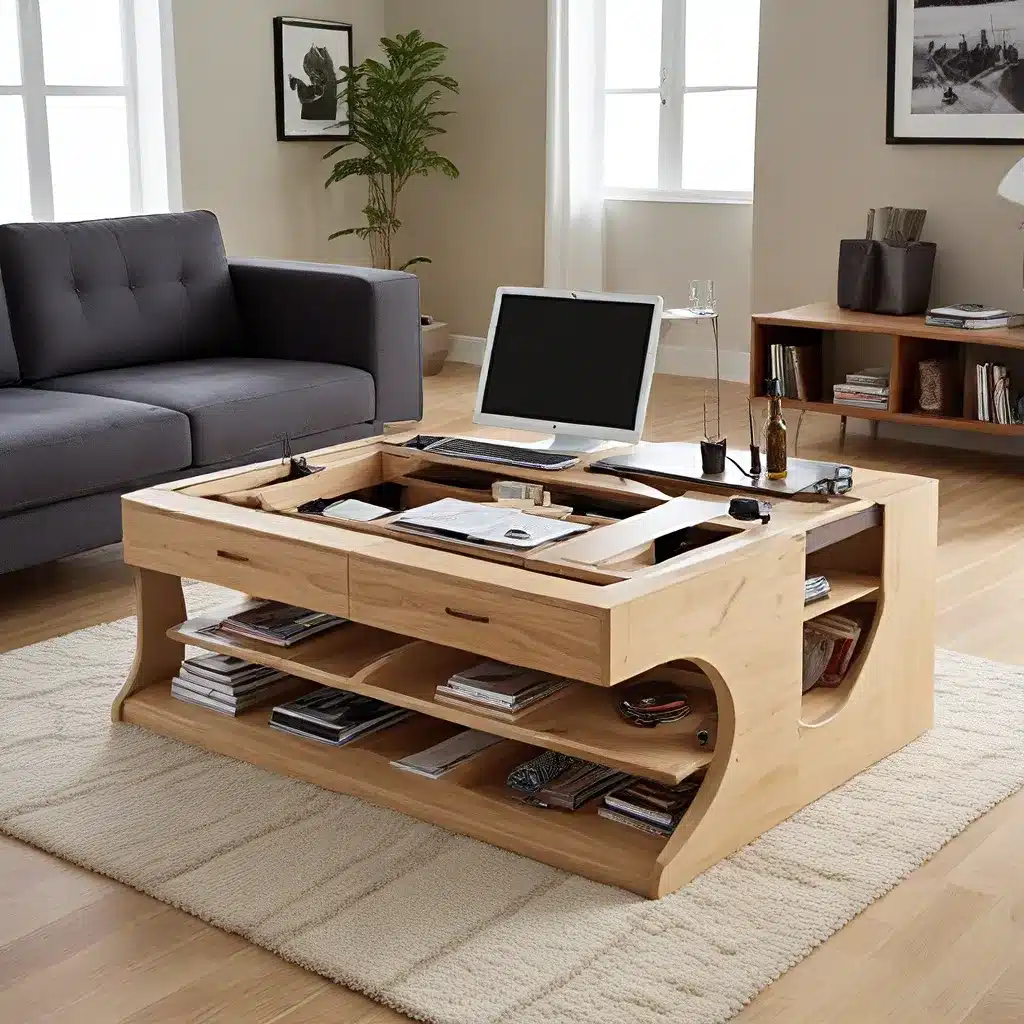
In the ever-evolving world of interior design, multifunctionality has emerged as a guiding principle that seamlessly blends practicality with style. As the demand for versatile living spaces grows, designers are exploring innovative solutions to cater to the diverse needs of modern lifestyles.
At the heart of multifunctional design lie core principles that shape spaces to be both functional and visually captivating. By integrating practical solutions and strategic spatial planning, designers create environments that adapt to the rhythm of daily life, transforming even the smallest nooks into purposeful elements.
Practical Integration: Maximizing Space Utilization
The essence of multifunctional design lies in the art of maximizing space utilization. From hidden storage solutions within furniture to the strategic use of vertical spaces, every inch is meticulously planned to optimize the available area. Convertible furniture, such as sofa beds, foldable tables, or ottomans with concealed compartments, allows for quick transformations and adaptability to changing needs.
Thoughtful spatial planning plays a crucial role in multifunctional design. By placing furniture and design elements with purpose, designers ensure a seamless flow that maximizes functionality. The arrangement considers ease of movement, accessibility, and the creation of distinct zones within a space, ensuring that it remains both practical and visually appealing.
Stylish Aesthetics: Elevating Functionality
Multifunctional design goes beyond mere functionality; it also embraces stylish aesthetics that elevate spaces into visually captivating environments. This approach involves the thoughtful coordination of colors, materials, and design motifs, creating a cohesive and harmonious whole.
Remaining attuned to current design trends is a hallmark of stylish multifunctional design. By integrating the latest trends, designers ensure that the space remains relevant and reflects a sense of modernity, adding an extra layer of sophistication to its functionality.
Attention to detail is paramount in the realm of stylish multifunctional design. From the selection of furniture pieces to the arrangement of decor elements, every choice is made to enhance the overall visual appeal of the space. Carefully chosen accessories or accent pieces contribute to the seamless integration of form and function.
Multifunctional Living Spaces: Redefining the Everyday
The influence of multifunctional design extends across various living spaces, redefining how we approach the design of our homes. Let’s explore how these innovative solutions elevate the functionality and style of different areas, creating environments that cater to the diverse needs of modern lifestyles.
Living Rooms: Living rooms, often the heart of a home, benefit immensely from multifunctional design solutions. Sofa beds, modular seating arrangements, ottomans with hidden storage, and adjustable coffee tables are just a few examples of how practicality and versatility are woven into the living room’s design. These elements foster an ever-changing dynamic, empowering the space to adapt to various activities, from hosting guests to accommodating work needs.
Kitchens and Dining Areas: Traditionally designated for specific purposes, kitchens and dining areas have undergone a transformative shift in design philosophy. Multifunctional kitchens embrace modular designs with a focus on adaptable storage solutions, while convertible dining furniture, such as expandable tables and integrated seating, cater to both everyday meals and larger gatherings.
Small Spaces: In an era where urban living often means limited square footage, the principles of multifunctional design shine brightest. Compact furniture, vertical storage solutions, and intelligent spatial planning become essential tools for maximizing small spaces. Foldable desks, hidden storage units, and transformative furniture pieces allow even the smallest of spaces to be practical and stylish.
Sustainability and Multifunctional Design
As sustainability takes center stage in the world of interior design, multifunctional solutions align seamlessly with eco-conscious practices. By investing in furniture and design elements that serve multiple purposes, homeowners can reduce the need for excessive consumption, minimizing their environmental impact.
Many multifunctional furniture pieces are crafted from sustainable materials and designed for longevity, further emphasizing the commitment to responsible living. This approach not only maximizes space and functionality but also contributes to a healthier planet.
Mastering the Art of Multifunctional Design
For those aspiring to create multifunctional marvels, education plays a pivotal role. Certified interior design courses provide a comprehensive understanding of the principles and techniques required to master this transformative approach. Concepts such as space planning, furniture design for multifunctionality, and the balance between practical needs and aesthetic appeal are essential components of a well-rounded interior design education.
By embracing the art of multifunctional design, homeowners and design enthusiasts alike can create spaces that adapt, evolve, and elevate the daily living experience. Whether you’re furnishing a small apartment or designing an expansive home, the integration of practical solutions and stylish aesthetics offers a blueprint for crafting versatile and visually captivating environments.
At Urban Grace Interiors, we are committed to guiding our clients through the transformative world of multifunctional design. By blending practicality with timeless elegance, we help homeowners maximize their living spaces and infuse their personal style into every corner. Discover how the principles of multifunctional design can revolutionize your living experience and create a space that truly reflects your unique lifestyle.

